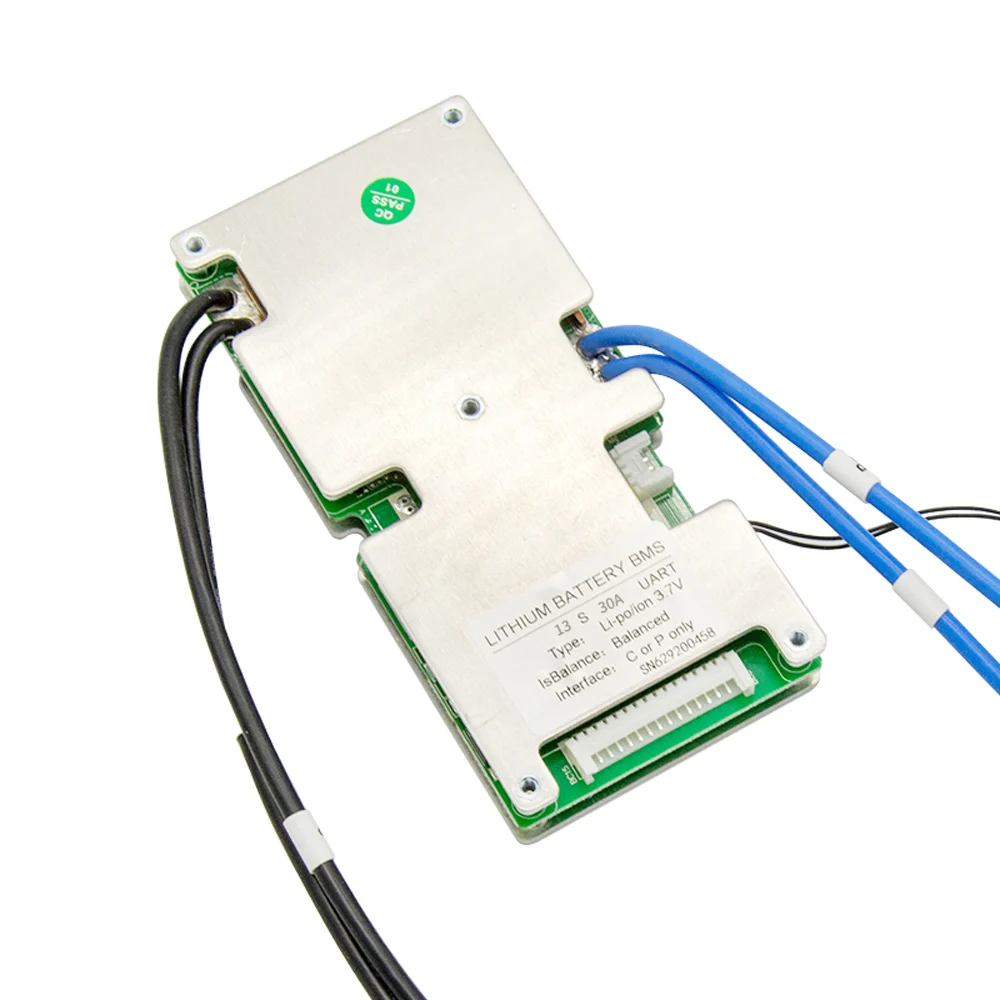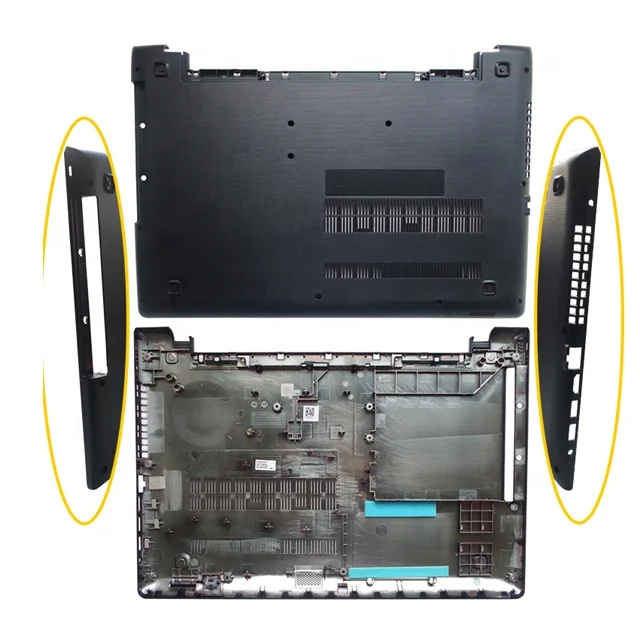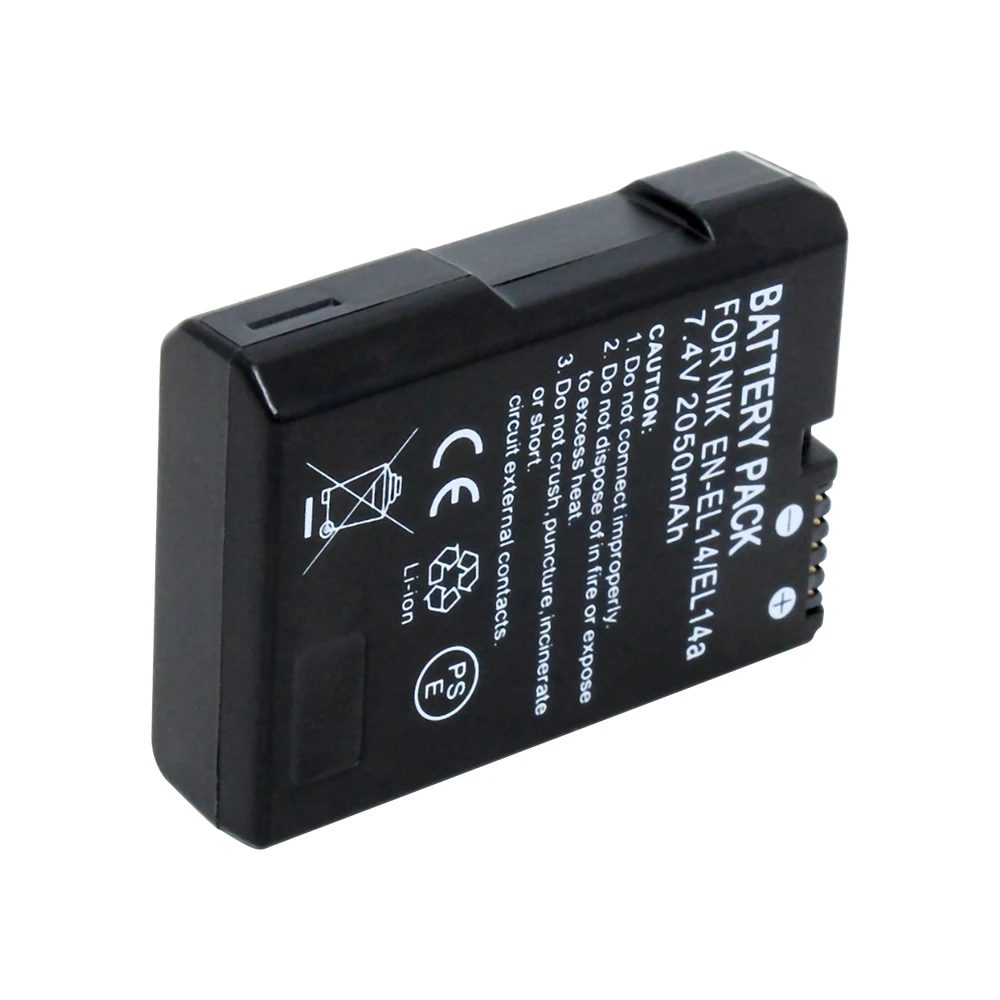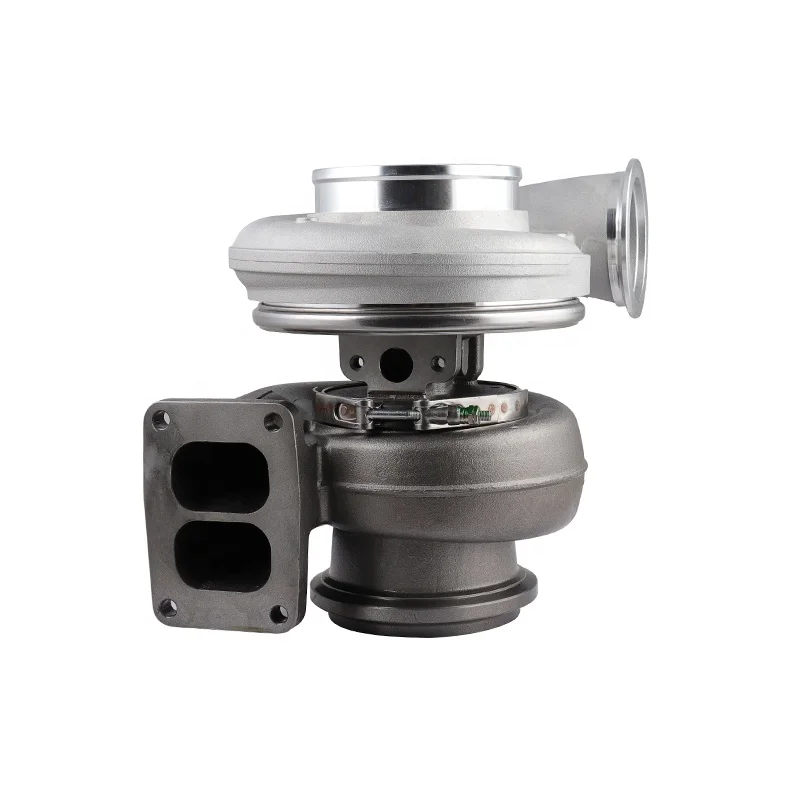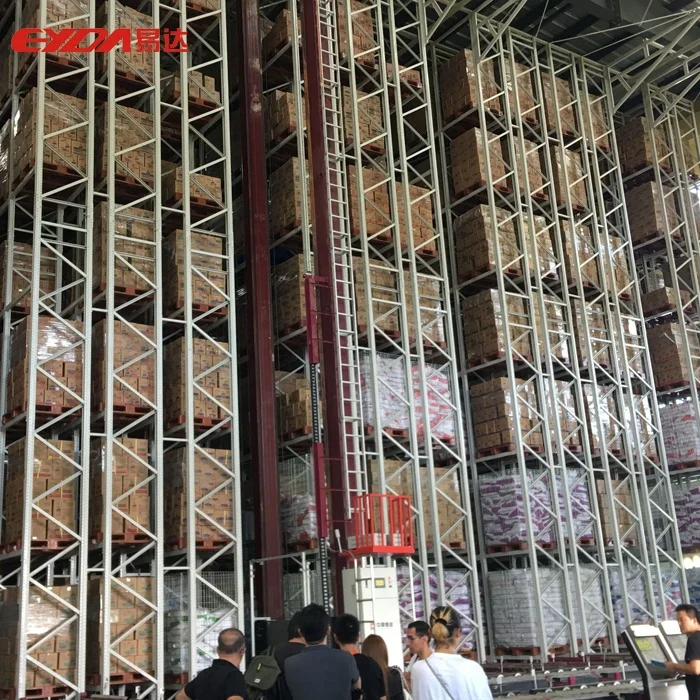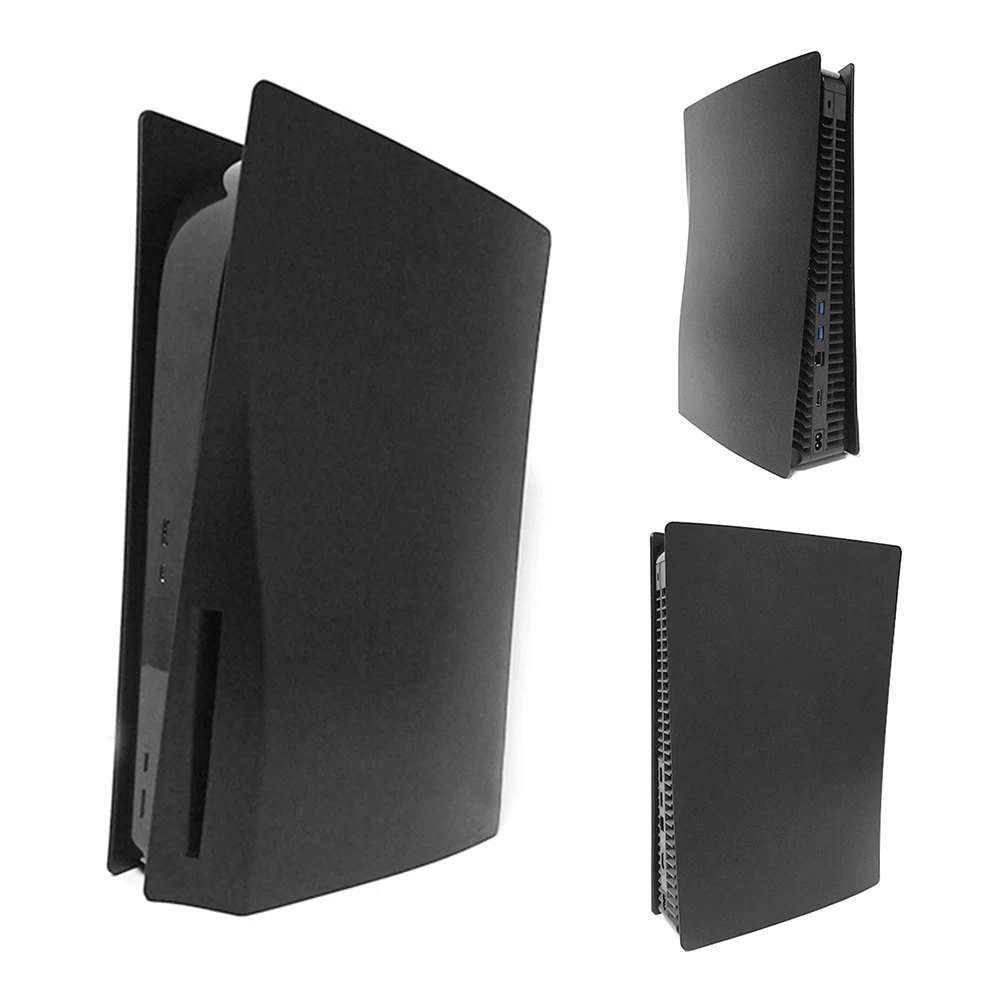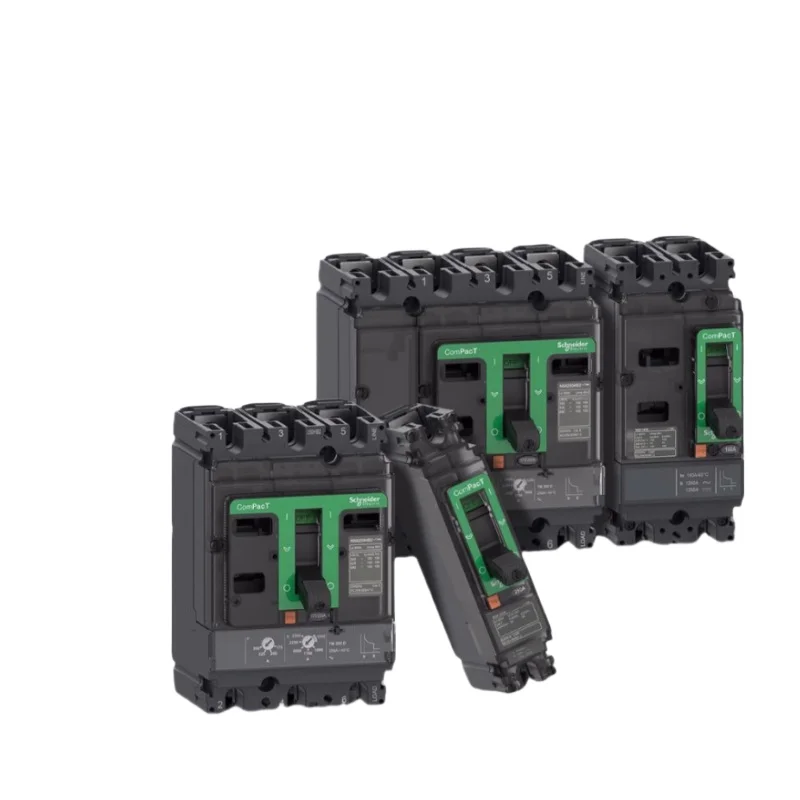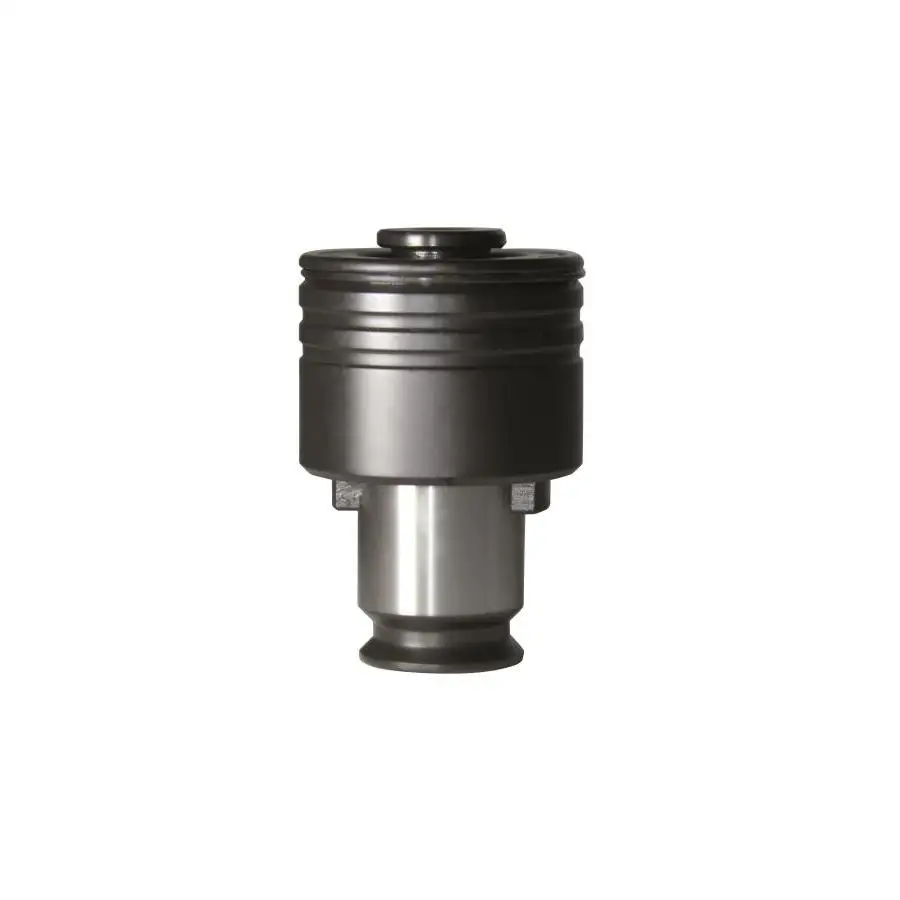Система управления литиевыми батареями JiaBaiDa SP15S020A 11S 12S 13S 14S 15S 36V 48V Smart BMS с UART RS485 Bluetooth
- Категория: >>>
- Поставщик: Dongguan Jiabaida Electronic Technology Co. Ltd.
Сохранить в закладки 1600976569433:
Описание и отзывы
Характеристики
JBD-SP15S020 is an intelligent protection board scheme specially designed for battery packs of electric bicycles and electric motorcycles by Dongguan City Jia Bai Da Electronic Technology Co., Ltd. It can be applied to lithium batteries with different chemical properties, such as lithium ion, Li-polymer. Lithium iron phosphate, etc. The protection board has strong loading capacity and the maximum continuous discharge current can reach 60A.
• 11-15cell series protection
• Various protection functions for charging and discharging
• Discharge overcurrent, short circuit protection functional processes of hardware
• Overvoltage, undervoltage, temperature, overload protection functional processes of software
• Precise SOC calculation with SOC function of automatic learning
• Discharge overcurrent, short circuit protection functional processes of hardware
• Equipped with Bluetooth module with isolatedUART\\RS485 communication







Items | Min. | Type | Max. | Unit | Description | ||
Working humidity | -20 | +70 | ℃ | Normal working temperature range | |||
Storage temperature | -40 | +85 | ℃ | Humidity<90%, No condensation | |||
Protection board size | MAX:140*62*16 | mm | L*W*H | ||||
The above parameters are recommended values. After customers get the protection board, they can change it according to their needs.
Software interface (customer can read the battery data from Computer communication directly, they can observe the charge & discharge state and they can change the protection parameters of battery pack.
Functions | Test items | specification | Unit | |||||
Min. | Type | Max. | ||||||
Operating current | Rated charging current(CC-CV) | 60 | A | |||||
Rated discharge current | 60 | A | ||||||
Charger voltage(CC-CV) lifepo4 | Battery series *3.6 | V | ||||||
Charger voltage(CC-CV) Li-ion | Battery series *4.2 | V | ||||||
Over-charge protection voltage lifepo4 | 3.700 | 3.750 | 3.800 | V | ||||
Over-charge protection voltage li-ion | 4.200 | 4.250 | 4.300 | V | ||||
Over-charge protection delay time | 1000 | 2000 | 3000 | mS | ||||
Over-charge protection recovery voltage lifepo4 | 3.550 | 3.600 | 3.650 | V | ||||
Over-charge protection recovery voltage li-ion | 4.100 | 4.150 | 4.200 | V | ||||
Discharge protection | Over-discharge protection voltage lifepo4 | 2.400 | 2.500 | 2.600 | V | |||
Over-discharge protection voltage li-ion | 2.600 | 2.700 | 2.800 | V | ||||
Over-discharge protection voltage | 1000 | 2000 | 3000 | mS | ||||
Over-discharge protection recovery voltage lifepo4 | 2.700 | 2.800 | 2.900 | V | ||||
Over-discharge protection recovery voltage li-ion | 2.900 | 3.000 | 3.100 | V | ||||
Overcurrent protection | Charging overcurrent protection value | 65 | 70 | 75 | A | |||
Charging overcurrent delay | 3 | 5 | 7 | S | ||||
Charging release adjustment | 32 | S | ||||||
Discharge overcurrent 1 protection current value | 65 | 70 | 75 | A | ||||
Discharge overcurrent 1 protection delay | 3 | 5 | 7 | S | ||||
Discharge overcurrent 2 protection current value | 160 | 180 | 200 | A | ||||
Discharge overcurrent 2 protection delay | 100 | 500 | mS | |||||
Discharge overcurrent protection recovery condition | 32 | S | ||||||
Short circuit protection | Short circuit protection delay time | 200 | 500 | uS | ||||
Short circuit protection | Disconnect the load | |||||||
Balanced function | Balanced turn-on voltage li-ion | 3.950 | 4.000 | 4.050 | V | |||
Balanced turn-on voltage lifepo4 | 3.350 | 3.400 | 3.450 | V | ||||
Voltage difference achieves the starting condition | 30 | mV | ||||||
balanced pattern | charge balance | |||||||
Balanced current | 40 | 60 | mA | |||||
High temperature protection for charging | 63 | 65 | 67 | ℃ | ||||
Release value of charging high temperature protection | 53 | 55 | 57 | ℃ | ||||
Low temperature protection for charging | -7 | -5 | -3 | ℃ | ||||
Low temperature protection release value of charge | -2 | 0 | 2 | ℃ | ||||
Discharge high temperature protection value | 73 | 75 | 77 | ℃ | ||||
Discharge high temperature protection release value | 63 | 65 | 67 | ℃ | ||||
Discharge low temperature protection value | -12 | -10 | -8 | ℃ | ||||
Discharge value at low temperature | -2 | 0 | 2 | ℃ | ||||
Internal resistance | Discharge loop internal resistance | / | 5 | 10 | mR | |||
Operating mode | 20 | mA | ||||||
Sleep mode | 200 | uA | ||||||
Sleep delay | no electricit/no communication line/Delay in unprotected state 10s | |||||||

matters need attention
Complete the connection of the protection board, After normal communication, please modify the nominal capacity to the actual capacity of the battery,.and the circulating capacity is set to 80% of the actual battery capacity.
Please note: please make sure the B-thick wire be weld first, then continue to connect other wires, B- wire welding too thin too long or not welding will burn the board! It must be welded with thick short wires!






A. Lithium battery must choose specific charger, do not use Charger for Leadacid battery, for leadacid charger may have MOS with high pressure breakdown protection, which will not protect of BMS over charge. Life Po4 battery charger voltage=battery string No.X3.6V, while Li-ion battery charger voltage=Battery string No.X4.2V.
Q. The relationship between Battery capacity and BMS current?
A. There is no direct relationship between Battery capacity and BMS current, big capacity doesn`t mean a big battery, but rely on continue current, that is to say if your engine is powerful, your should choose high current of BMS, it is not relied on battery capacity.
Q. Whether my BMS damaged?
A. If you want to judge if the BMS is damaged, please take the folowing steps, to test if each cell voltage is the same with
voltmeter? if the cell voltage difference is over 1.0V, the fault is displayed that it cannot run far, no power supply at the
start range, short charge time, all these issues are almost caused by battery cells, if BMS damaged is displyed as no charge, no discharge, no discharge while the battery has voltage.
Q. Are the CANbus ports on these BMS'es "electrically isolated"
A. Yes. Electrical isolation is also electrical isolation. The so-called electrical isolation is to electrically isolate the power
supply from the electrical circuit, that is, to isolate the electrical branch circuit from the entire electrical system, making it
an electrically isolated, independent, ungrounded safety system. In order to prevent the danger of indirect contact with
electricity when the exposed conductor fails and is electrified.
Похожие товары
36V 48V RB-1 RB-2 RB-3 reention 52 клетки 18650 батарейный шкаф с задний стеллаж для выставки товаров
Для HP 15-BS 15-BW подставка для клавиатуры с сенсорной панелью 925008-001 совместима с W 925010-001 все Чехлы поставщик как отремонтировать
Литий-ионная аккумуляторная батарея для электровелосипеда hailong 48 В 18650 Ач
Однорядные цилиндрические роликовые подшипники NUP2308
Чехол для ЖК-дисплея для Lenovo Ideapad 110-15 110-15ISK, задняя крышка для ЖК-дисплея, Верхняя Нижняя крышка AP1NT000100
Полностью декодированная Цифровая камера Литий-ионная батарея EN-EL14 EN-EL14A для Nikon D3300 D3200 D3100
Популярные турбины высокое качество S400 171702 23523197 Турбокомпрессор Для Detroit Diesel S60 12.7L
Новые поступления
Новинки товаров от производителей по оптовым ценам
